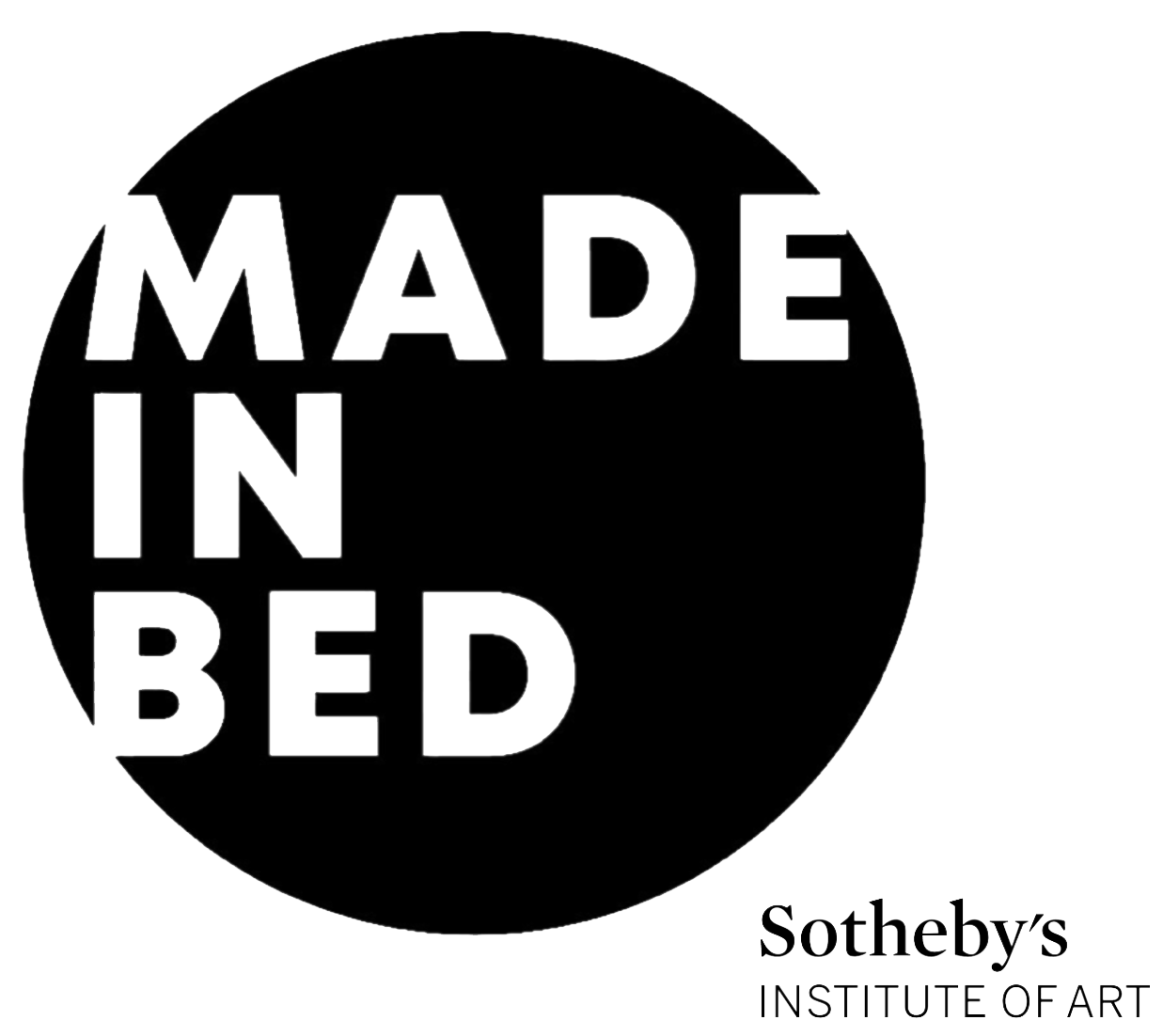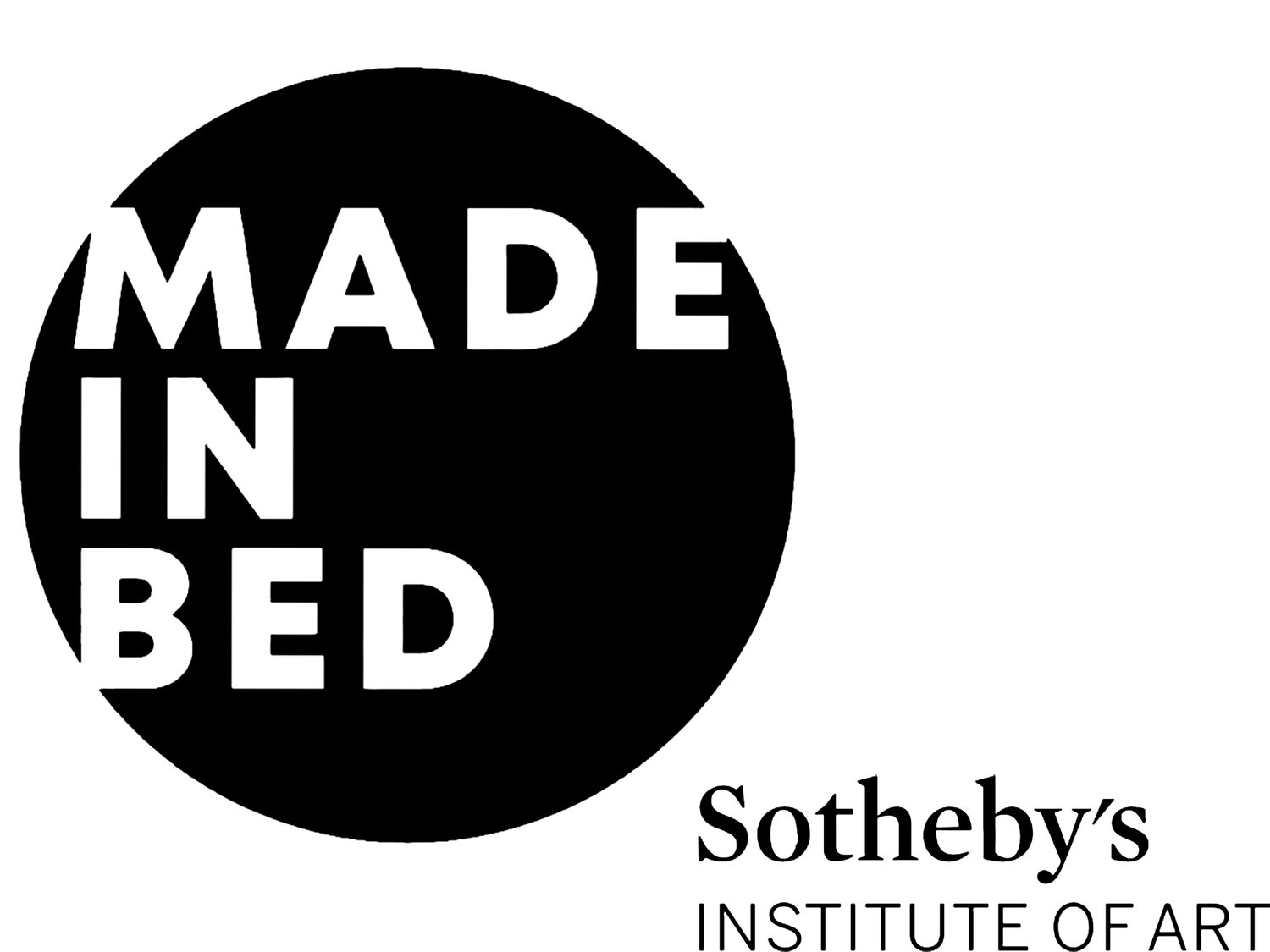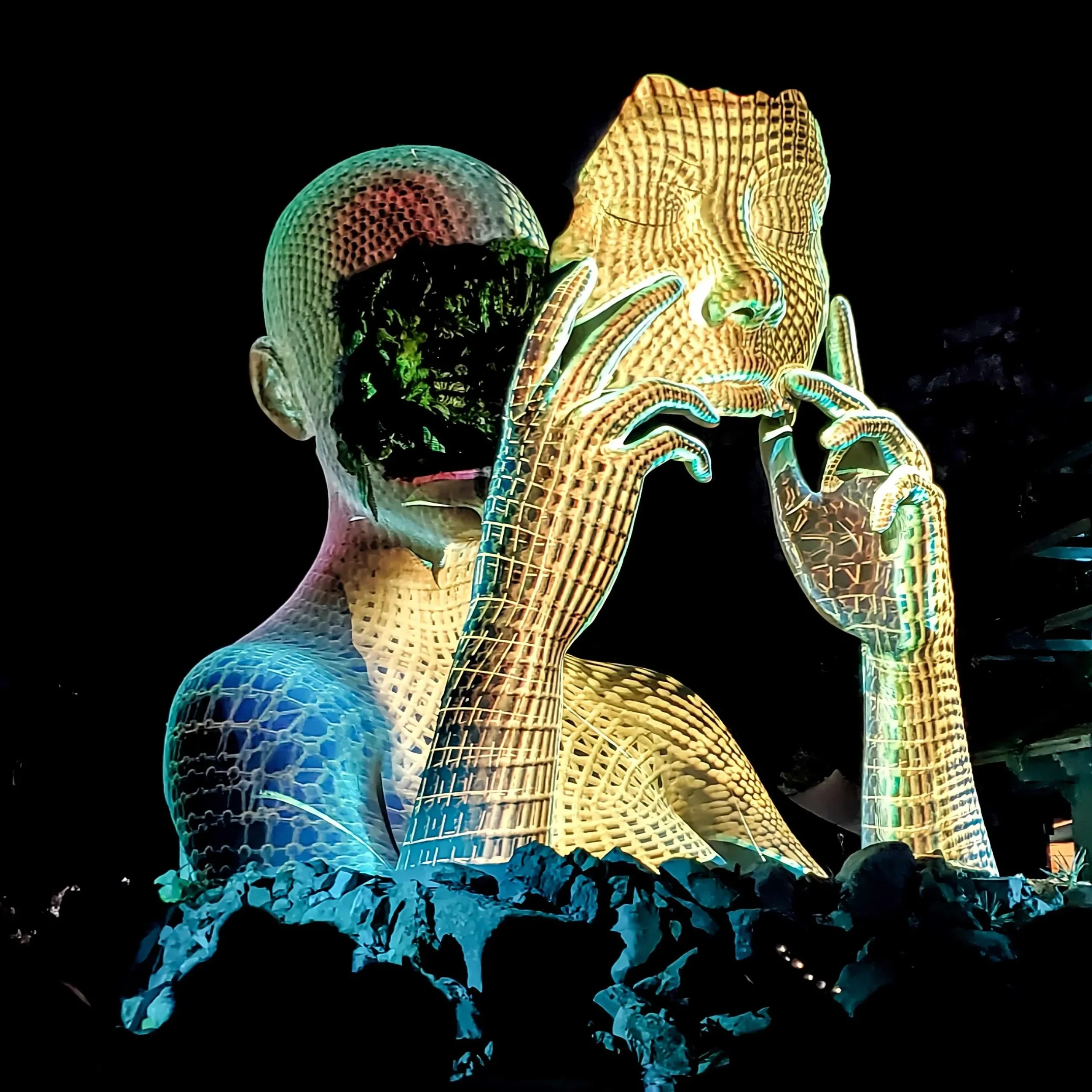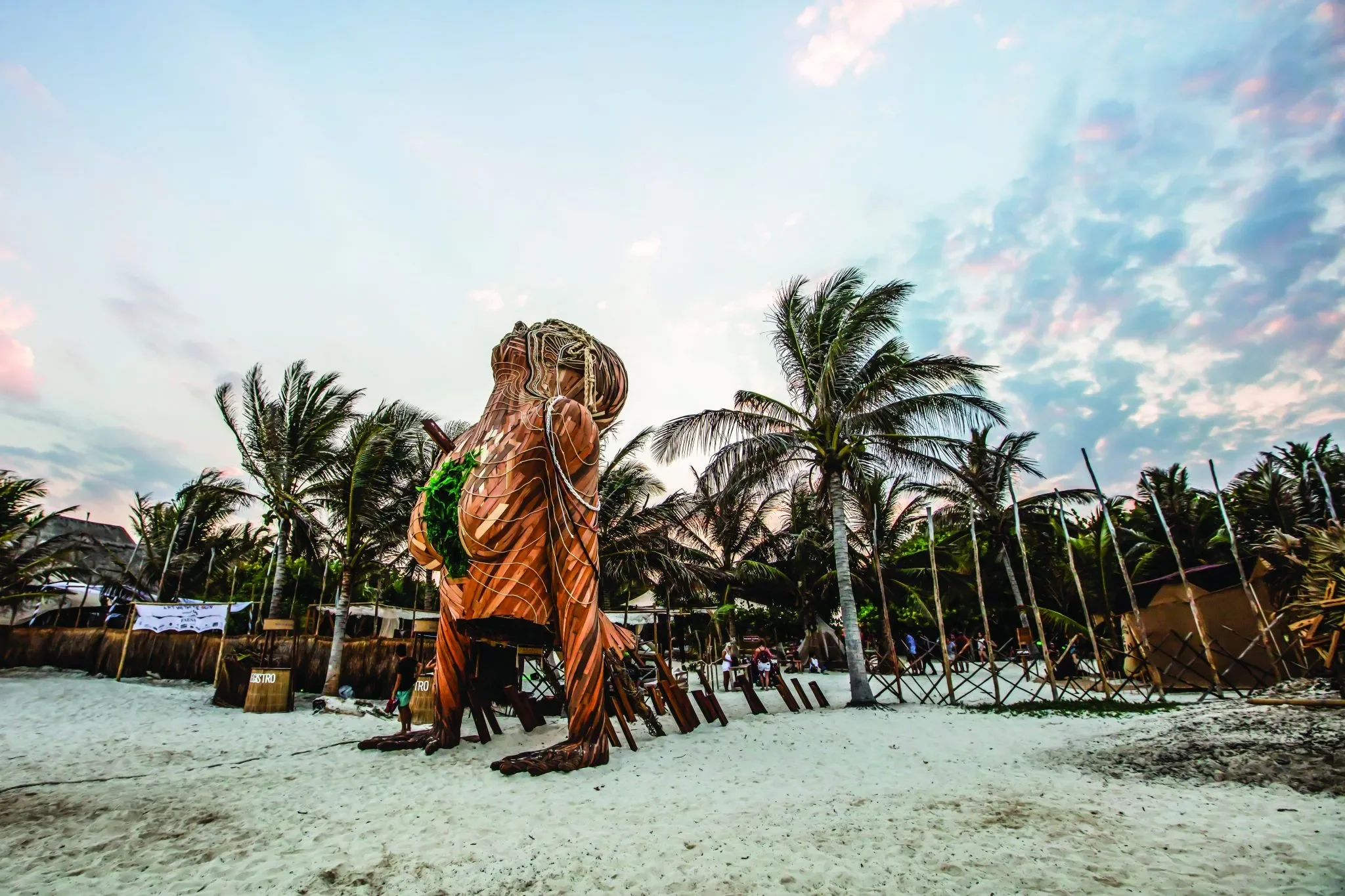Where Light & Art Meet: Daniel Popper’s Illuminated Sculptures
Art was once confined to traditional forms: paint on canvas, marble sculptures, welded metal, or ink printed onto blank paper. It was defined by its tangibility: something to hang on a wall or mount on a pedestal for museum-goers to admire. Today, that definition has evolved. Art is breaking free from its historical constraints, embracing new ephemeral mediums: light, projection, and code.
As the world grows increasingly digitally-dependent, a serious concern has emerged within the art world: the role of the artist as we know it, is being challenged. AI and generative tools seem to oppose authentic creativity, raising difficult questions about what the future of art might look like.
While these concerns are valid, technological advancements can also bring positive transformations to art. Rather than replacing traditional forms, technology has the potential to support and recontextualize artistic expression, especially through experience. An algorithm can generate design, but it cannot replicate soul. The truly interesting evolution will happen in the space between: where art and technology meet, collaborate, and reshape how we experience creativity.
At the intersection of art, virtual design, and experiential viewership lies projection art.
Traditionally, art and its audience have existed apart, separated by glass, distance, or prescribed expectations. With the integration of light, motion, and digital technology, projection art dissolves that boundary. It doesn’t simply decorate a wall, it surrounds, immerses, and responds. It turns the act of viewing into an act of presence.
Projection art fills the space in between: between artist and viewer, object and environment, digital and physical. In doing so, it transforms not just how we experience art—but what we believe art can be.
Projection art is one way digital media escapes the confines of a screen and interacts directly with physical space through beams of projected light. By blending video, animation, graphic design, and lighting, artists create visual compositions that can be projected onto a surface of their choosing. These projections can be cast onto blank walls, much like paint on a blank canvas, or layered onto existing objects, buildings, and environments through a process known as projection mapping.
Photo Courtesy: projection-mapping.org
Unlike traditional projection, which requires a flat, neutral surface, projection mapping transforms any surface into a dynamic canvas, which can be a building, sculpture, landscape, or even a human figure. Using spatial design tools, such as LIDAR or Photogrammetry (a process that involves capturing hundreds of high resolution photographs of the object from different angles. Specialized software then stitches these images together to generate an accurate 3D model) artists can calibrate digital content to fit the contours and dimensions of a chosen object. The result is an illusion of transformation: the projection doesn't just display an image, it becomes part of the image. In this way, projection art redefines the boundaries between image and environment, transforming space into an active and an expressive medium.
Beyond this, projection mapping is increasingly being embraced as an art medium in its own right. Few embody this union of the physical and the digital design as profoundly as Daniel Popper.
Daniel Popper, “Transmission”, 2021. Joshua Tree, California, USA. Photo Courtesy: danielpopper.com
A South African multidisciplinary artist, Popper is known for his monumental sculptures-larger than life female figures and serene busts that seem to emerge from the earth itself. Roots, branches, and blossoms often intertwine with their forms, as they were born of the very landscapes they inhabit. Each piece is made by Popper and his team and are site specific, made to be harmonic with their surroundings. As Popper himself describes, his works are meant to “evoke a sense of sacred and transcendental". For Festival, Modem in Croatia 2021, Popper designed his 26 feet tall sculpture of Glass fibre re-enforced concrete, steel, and fiber glass. Inspired by the theories of the persona of Carl Jung, a Swiss Physiotherapist. Popper's work represents the human psyche. The sculpture itself captures the act of removing one's mask to reveal the truth of what is within them. In Popper’s work underneath the removed mask, the sculpture is filled with dense green foliage—symbolic of “a jungle of unacknowledged desires, hopes and fears”.
Daniel Popper, “Modem Swamp”, 2021. Mjesto Primišlje, Croatia. Photo Courtesy: danielpopper.com
When the sun sets, and the sculpture has nearly disappeared into the night's darkness, Popper begins his digital projection on the face of his sculpture.
As he describes, this “illuminates the sculpture during the nocturnal hours, evoking a kaleidoscopic manifestation of the subconscious and the dreaming mind. The interplay of light and form enhances the mysterious allure of the artwork, inviting viewers to delve deeper into the profound layers of the human psyche”.
Daniel Popper, “Modem Swamp”, 2021. Mjesto Primišlje, Croatia. Photo Courtesy: danielpopper.com
Popper exemplifies a trajectory that could define the future of art. Rather than fearing the inevitable, artists who embrace technology as a means to recontextualize and elevate their work can transport audiences into otherworldly realms, unlocking new mediums and experiences.
Within the tradition of en plein air, there is something deeply alluring about witnessing technology in dialogue with nature. When digital art is liberated from a computer screen and placed within the physical world, it acquires a new gravitas, a tactile credibility that invites deeper engagement.
Daniel Popper, “Asana”, 2019. Ahau Tulum, Quintana Roo, Mexico Photo Courtesy: danielpopper.com
Too often, the ingenuity of visual artists working in digital spaces is overlooked, their craft misunderstood or undervalued because the creative process is difficult to visualize, the ability to translate these works into immersive, tangible experiences not only validates the medium, but also expands the ways we connect with it. Daniel Popper makes his works in collaboration with his team as well as with extremely talented 3D animators.
Many of Popper’s most celebrated works have been created in partnership with artist Wayne Visual Ellis, whose mastery of projection mapping and digital animation adds a luminous, kinetic energy to Popper’s monumental forms. Ellis is renowned for his hyperrealistic yet entirely digitally rendered designs, which when projected onto sculpture seem to breathe and transform before the viewer’s eyes. Their collaborations, most notably at Modem Festival in Croatia and Boom Festival in Portugal, unite physical form with digital artistry. Cross disciplinary partnerships like theirs foster a broader appreciation and support for art in all its forms.
Projection art has the potential to remain a flourishing trend as art continues to evolve within the expanding digital realm. Celebrating artists like Daniel Popper, who dares to explore this juxtaposition of mediums, will help shape the future of art. His sculptures seem to live not only in the physical world but in the space in between: between waking and dreaming, human made and natural, physical and digital, the seen and the felt. In the years ahead, seeking and shaping this space will be essential to the evolution of art and to how we experience it.
Auden Walter
En Plein Air Co-Editor, MADE IN BED






